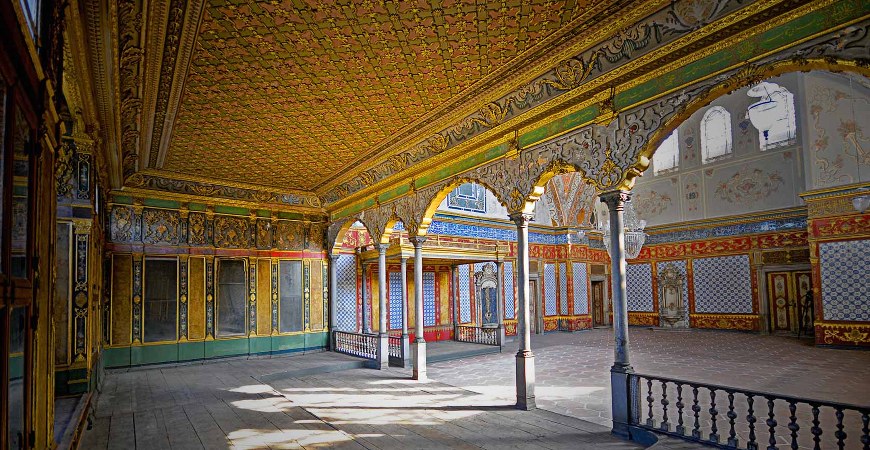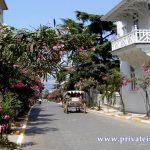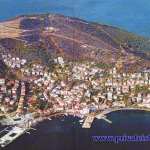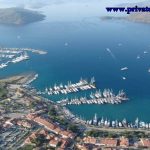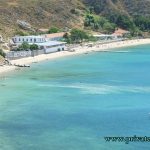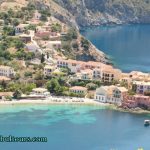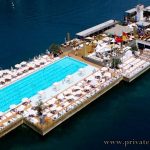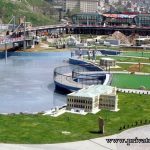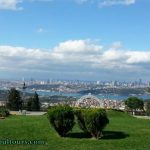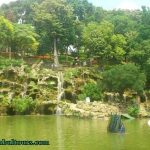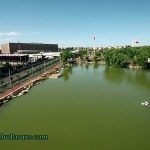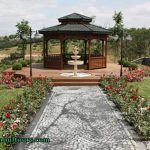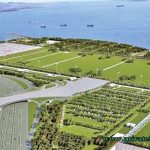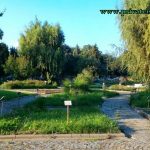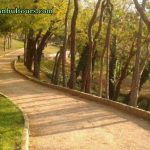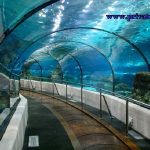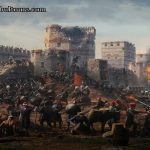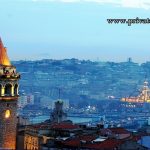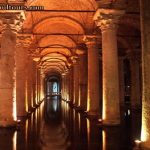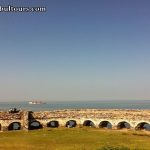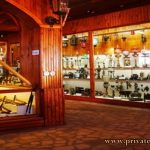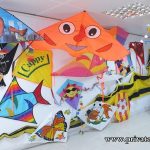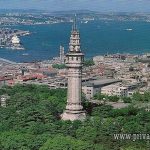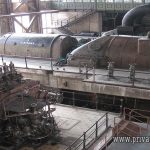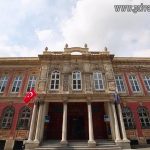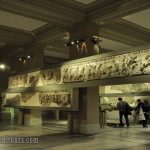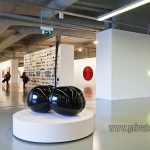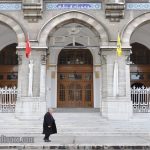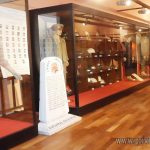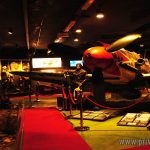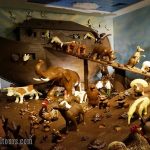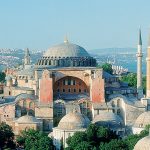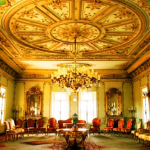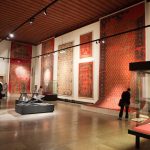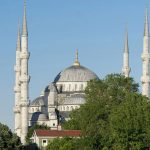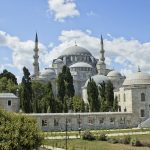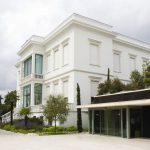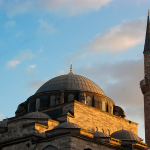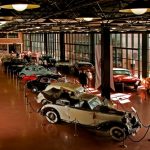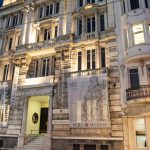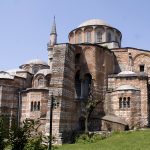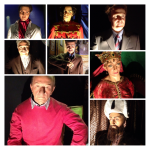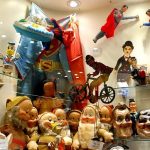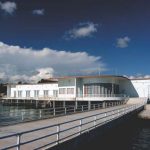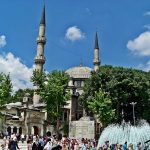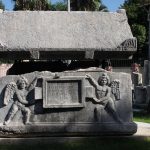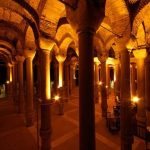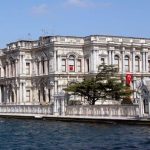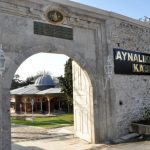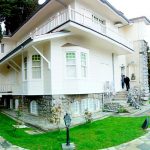Topkapi Palace Museum,
Also housed in this section is some Japanese and European porcelain, gold and silver services made by Turkish craftsmen, Istanbul porcelain and glass, and kitchen utensils. The Third Gate of Topkapi Palace is called “Babus’saade” and opens onto the Third Courtyard. Festivals always used this gate, which led to the Arz Room, the Treasury, the Ahmed the Third Library, and various other sections of the palace.
Arz Room:
This room was built by Sultan Mehmed II between 1465 and 1478. It contains a domed throne, a bronze stove, and a marble fountain. The Ottoman Sultans used to receive important men of state and foreign ambassadors here.
Clothes of the Sultans:
Clothes belonging to the sultans and their families are displayed in the Seferli Kogus. They include caftans, swords and various items of clothing worn by all the sultans from Sultan Mehmed the Conquerer to Sultan Murad V.
Treasury Rooms:
This section, which was built by Sultan Mehmed the Conquerer in 1478, contains valuable items from the Ottoman palace, and objects of historical and artistic value. There are four rooms. In the first room there are many treasury Objects including a pearl statuette which was a gift to Sultan Abdulaziz (1861 – 1876) from India, a gold flask decorated with precious stones of Turkish make (sixteenth century), an ewer made of jade and decorated with precious stones, a gold table clock made in Paris in 1775, a writing chest of seventeenth century Turkish make, a crystal sewer and water cup, a candlestick from the fourteenth century Mameluke period, a sixteenth century decanter decorated with precious stones, and a purse decorated with pearls In the second room is a bow case of seventeenth-century Turkish make, an aigrette decorated with diamonds, rubies, emeralds and other precious stones, the throne of Sultan Ahmed I, and masterpieces of Turkish craftsmanship such as an emerald-encrusted dagger.
You will continue to find more details about Istanbul Topkapi Palace Museum on Istanbul Topkapi Palace Museum – Chapter 4.

